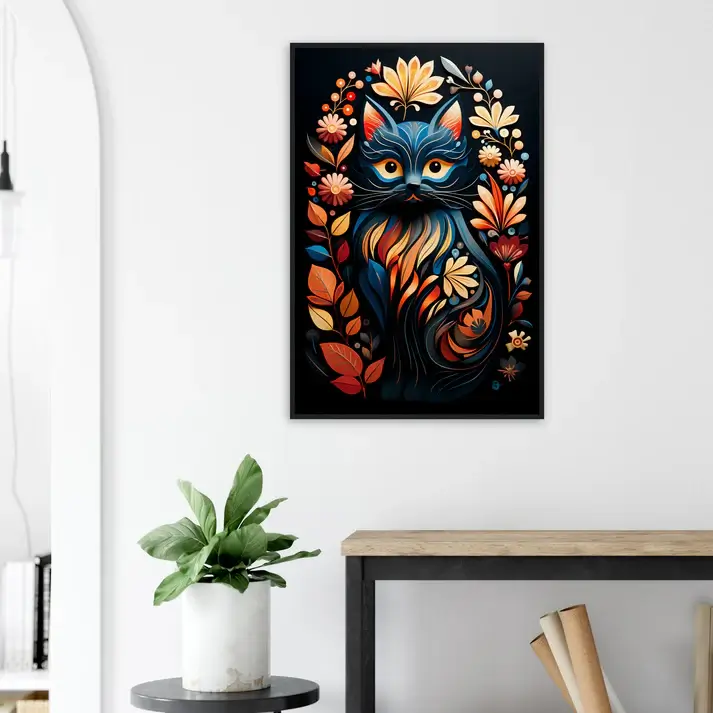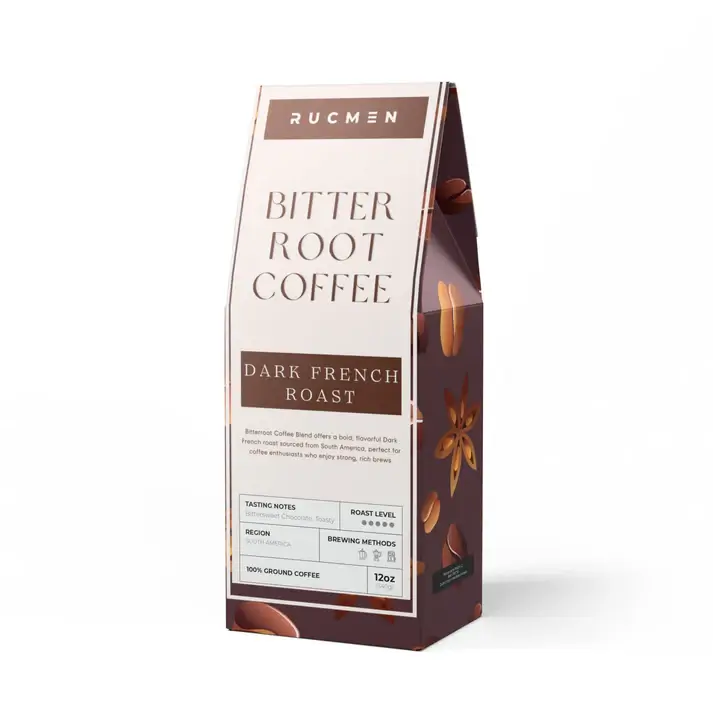Discover Thrilling Wall Art: Fresh Designs to Love
Bringing Blank Spaces to Life
Have you ever walked into a room and felt something was missing? The furniture is in place, the lighting is perfect, but there’s still an emptiness that you can’t quite put your finger on. Chances are, the culprit is bare walls. We often overlook the impact that our walls have on our living spaces, but the truth is, they hold immense potential to transform our homes and offices.
Wall art is more than just decoration; it’s a powerful tool that can change the entire atmosphere of a room. From setting the mood to expressing your personality, the right piece of wall art can make all the difference. In this blog post, we’ll explore the secret life of walls and how wall art can truly change everything.
The Psychology of Wall Art
How Wall Art Affects Our Mood
Did you know that the art we surround ourselves with can have a significant impact on our emotions and state of mind? It’s true! Studies have shown that viewing art can trigger the release of dopamine, the feel-good hormone in our brains. This means that simply looking at a beautiful piece of wall art can boost your mood and make you feel happier.
But it’s not just about feeling good. The right wall art can also:
- Reduce stress and anxiety
- Increase creativity and productivity
- Improve focus and concentration
- Enhance relaxation and promote better sleep
The Power of Color
One of the most impactful aspects of wall art is color. Different colors can evoke different emotions and set various moods in a room. For example:
- Blue: Calming and serene, perfect for bedrooms or meditation spaces
- Yellow: Energizing and uplifting, great for kitchens or home offices
- Green: Refreshing and balanced, ideal for living rooms or study areas
- Red: Passionate and exciting, suitable for dining rooms or creative spaces
When choosing wall art, consider the mood you want to create in each room and select pieces that incorporate colors that align with your goals.
Expressing Your Personality Through Wall Art
Telling Your Story
One of the most beautiful aspects of wall art is its ability to tell your unique story. Every piece you choose says something about who you are, what you value, and what inspires you. Whether it’s a collection of family photos, a map of your favorite travel destinations, or an abstract painting that speaks to your soul, your wall art is a reflection of you.
Creating Conversation Starters
Wall art isn’t just for your enjoyment; it’s also a great way to spark conversations with guests. Unique or intriguing pieces can serve as excellent icebreakers and give visitors insight into your interests and experiences. Don’t be afraid to choose bold or unconventional art that reflects your personality – it might just lead to some fascinating discussions!
The Transformative Power of Wall Art
Making Small Spaces Feel Larger
One of the secrets of wall art is its ability to change our perception of space. In small rooms, the right piece of art can create an illusion of depth and make the area feel more spacious. Here are a few tips:
- Choose art with perspective, like landscapes or cityscapes
- Opt for pieces with light or pale colors
- Use mirrors as wall art to reflect light and create the illusion of more space
Adding Depth and Texture
Wall art isn’t limited to flat paintings or prints. Three-dimensional pieces, textiles, and mixed media art can add depth and texture to your walls, creating visual interest and making the room feel more dynamic. Consider incorporating:
- Sculptural wall hangings
- Woven tapestries
- Shadow boxes or assemblage art
- Textured canvas paintings
Defining Zones in Open-Plan Spaces
In open-plan living areas, wall art can help define different zones without the need for physical barriers. By strategically placing art pieces, you can create visual cues that separate living, dining, and working areas while maintaining an open and cohesive feel.
Choosing the Right Wall Art for Your Space
Consider the Room’s Purpose
When selecting wall art, it’s essential to think about the function of the room. Different spaces call for different types of art:
- Living Room: Choose pieces that reflect your personal style and create a welcoming atmosphere
- Bedroom: Opt for calming, soothing art that promotes relaxation
- Kitchen: Consider food-related art or vibrant pieces that energize the space
- Home Office: Select motivational or inspiring art that boosts productivity
Scale and Proportion
The size of your wall art should be in proportion to the wall and the surrounding furniture. A common mistake is choosing art that’s too small for the space. As a general rule:
- For large walls, opt for oversized pieces or gallery walls
- For medium-sized walls, choose art that takes up about 2/3 of the wall width
- For small walls, consider a series of smaller pieces or a single medium-sized work
Creating Balance and Harmony
When arranging multiple pieces of wall art, aim for balance and harmony. This doesn’t necessarily mean perfect symmetry – asymmetrical arrangements can be just as visually pleasing. Consider factors like:
- Color palette
- Themes or subjects
- Frames and matting
- Spacing between pieces
DIY Wall Art: Unleashing Your Creativity
Personalized Photo Galleries
One of the most meaningful ways to decorate your walls is with personal photos. Create a gallery wall of your favorite memories, family portraits, or travel snapshots. Here are some ideas:
- Mix and match frame styles for an eclectic look
- Create a grid pattern for a more organized appearance
- Use floating shelves to display framed photos alongside small objects or plants
Repurposing Everyday Objects
Who says wall art has to be traditional? Get creative by repurposing everyday objects into unique wall decorations:
- Hang a collection of vintage plates
- Frame interesting fabric swatches or wallpaper samples
- Create a display of antique tools or instruments
- Mount a beautiful rug as a wall hanging
Creating Your Own Artwork
You don’t have to be a professional artist to create stunning wall art. Try your hand at:
- Abstract painting using simple shapes and colors
- Collage art using magazine cutouts or found objects
- Pressed flower or leaf arrangements in floating frames
- DIY macramé or woven wall hangings
The Impact of Wall Art on Different Spaces
Transforming the Workplace
Wall art isn’t just for homes – it can have a significant impact on office spaces too. Studies have shown that art in the workplace can:
- Increase employee productivity and creativity
- Reduce stress and improve overall well-being
- Enhance brand image and leave a positive impression on clients
- Foster a sense of company culture and shared values
Enhancing Educational Environments
In schools and learning spaces, wall art can play a crucial role in:
- Stimulating curiosity and imagination
- Reinforcing educational concepts through visual aids
- Creating a welcoming and inspiring atmosphere for students
- Celebrating diversity and inclusivity
Healing Through Art in Healthcare Settings
Hospitals and healthcare facilities are increasingly recognizing the power of art in promoting healing and well-being. Wall art in these settings can:
- Reduce anxiety and stress for patients and visitors
- Provide a positive distraction from pain or discomfort
- Create a more humanizing and less clinical environment
- Support wayfinding and orientation within complex facilities
The Future of Wall Art
Digital and Interactive Wall Art
As technology continues to advance, we’re seeing exciting developments in the world of wall art:
- Digital frames that can display rotating collections of art
- Interactive wall installations that respond to touch or movement
- Projection mapping that can transform entire walls into dynamic displays
- AI-generated art that evolves over time
Sustainable and Eco-Friendly Options
With growing awareness of environmental issues, many artists and consumers are turning to sustainable wall art options:
- Recycled materials used in mixed media pieces
- Plant-based inks for prints and posters
- Upcycled objects repurposed as wall decorations
- Living walls or vertical gardens as natural art installations
Maintaining and Caring for Your Wall Art
Protecting Your Investment
Wall art can be a significant investment, so it’s important to take proper care of your pieces:
- Keep art out of direct sunlight to prevent fading
- Use appropriate hanging hardware to prevent damage to walls and art
- Clean art regularly using gentle, appropriate methods
- Consider having valuable pieces professionally framed or mounted
Rotating Your Collection
To keep your space feeling fresh and exciting, consider rotating your wall art periodically:
- Swap out pieces seasonally to reflect changing moods
- Create a dedicated gallery wall where you can easily change out smaller pieces
- Store unused art properly to maintain its condition
Conclusion: The Transformative Power of Wall Art
As we’ve explored throughout this post, wall art is far more than just decoration – it’s a powerful tool that can truly change everything about a space. From influencing our mood and expressing our personality to transforming the perceived size and atmosphere of a room, the secret life of walls is rich with possibility.
Whether you’re a homeowner looking to refresh your living space, a business owner aiming to create an inspiring work environment, or simply someone who appreciates the beauty and impact of art, remember that your walls are a canvas waiting to be brought to life.
So, take a look around your space. What stories do your walls tell? What emotions do they evoke? And most importantly, what potential lies waiting to be unlocked? By harnessing the power of wall art, you can create spaces that not only look beautiful but also feel deeply personal, inspiring, and transformative.
The next time you’re feeling like something’s missing in a room, remember the secret life of walls. With the right piece of art, you can change everything – one wall at a time.




